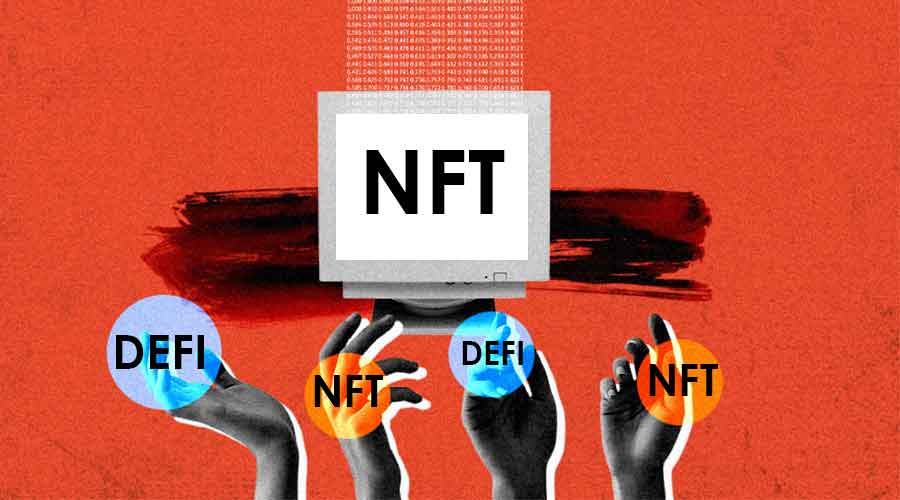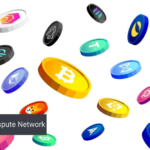Non-Fungible Tokens (NFTs) have taken the art and digital collectibles world by storm, offering a novel way to buy, sell, and own unique digital assets. However, as with any trend, the initial excitement often gives way to scrutiny and questions about the sustainability and long-term potential of the technology. Jurgen Cautreels, a prominent figure in the blockchain and NFT space, offers his perspective on the future of NFTs and whether they will regain their popularity.
The Rise and Hype of NFTs
NFTs burst onto the scene with a frenzy of excitement, making headlines for record-breaking sales of digital art, music, virtual real estate, and even tweets. The core concept behind NFTs is to provide a way to prove ownership and authenticity of digital assets through blockchain technology. Each NFT is unique and cannot be replicated, making it ideal for digital art, collectibles, and even in-game items.
The initial surge in NFT popularity was driven by several factors:
- Digital Ownership: NFTs offered a way for digital artists to sell their work while ensuring that buyers had legitimate ownership. This was a game-changer for creators in the digital space.
- Speculation: Like many emerging technologies, NFTs attracted speculative investors hoping to profit from the increasing demand and hype surrounding these digital assets.
- Celebrity Endorsements: High-profile endorsements and participation from celebrities and artists added to the allure of NFTs. These endorsements brought mainstream attention and fueled interest in the space.
- Blockchain Technology: The transparent and secure nature of blockchain technology made it an attractive platform for NFTs. It provided a tamper-proof record of ownership and provenance.
Challenges and Skepticism
However, as the initial excitement waned, NFTs faced several challenges and criticisms:
- Environmental Concerns: The environmental impact of blockchain technology, specifically the energy-intensive proof-of-work (PoW) consensus mechanism used in many NFT platforms, sparked concerns about sustainability.
- Copycat and Plagiarism Issues: NFTs were not immune to issues of intellectual property infringement and plagiarism, with instances of artists’ work being minted and sold without permission.
- Market Saturation: The flood of new NFT projects and marketplaces led to market saturation and diluted the uniqueness of many NFTs.
- Price Volatility: Speculative trading resulted in extreme price volatility, making it difficult for collectors and investors to predict the long-term value of their NFT holdings.
Jurgen Cautreels’ Perspective on the Future of NFTs
Jurgen Cautreels, a respected voice in the blockchain and NFT space, offers his perspective on the future of NFTs:
- Technological Evolution: Cautreels believes that NFT technology will continue to evolve. As the blockchain space explores more energy-efficient consensus mechanisms, such as proof-of-stake (PoS), environmental concerns may be addressed, making NFTs a more sustainable choice.
- Integration with Real-World Assets: NFTs have the potential to expand beyond digital collectibles. Cautreels envisions NFTs being used to represent ownership in real-world assets like real estate, cars, or even stocks and bonds, providing a new level of liquidity and accessibility.
- Regulation and Standards: Regulatory clarity and industry standards will play a significant role in shaping the future of NFTs. As governments and organizations establish guidelines for NFT markets, it may encourage wider adoption and trust in the technology.
- Utility and Interoperability: NFTs will need to offer more utility beyond mere ownership. Interoperability between NFT platforms and applications will enable NFTs to unlock unique experiences, access, and services.
- Community and Authenticity: Maintaining a strong community of creators and collectors will be essential. Authenticity and provenance will continue to be key factors in the value of NFTs.
Conclusion: A Promising Future with Challenges to Address
The future of NFTs holds promise, but it also presents challenges that need to be addressed. As blockchain technology evolves and becomes more sustainable, NFTs have the potential to regain and even surpass their initial popularity. However, addressing issues like market saturation, environmental concerns, and regulatory hurdles will be crucial to the industry’s long-term success.
Jurgen Cautreels’ perspective underscores the importance of a thoughtful and measured approach to the NFT space. As the technology matures and its applications diversify, NFTs may find new ways to capture the imagination of creators, collectors, and investors alike. Whether NFTs will regain their popularity in the long term remains to be seen, but their journey is undoubtedly one worth watching and participating in for those interested in the intersection of art, technology, and blockchain.





